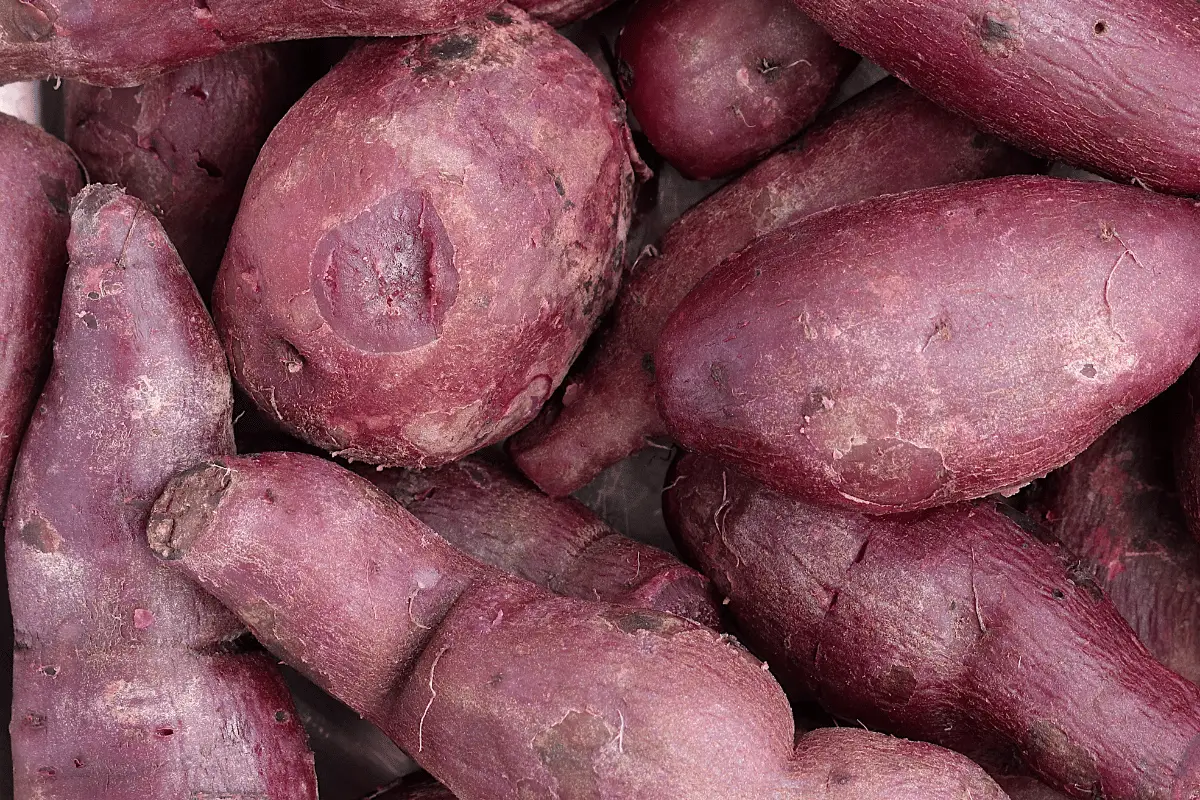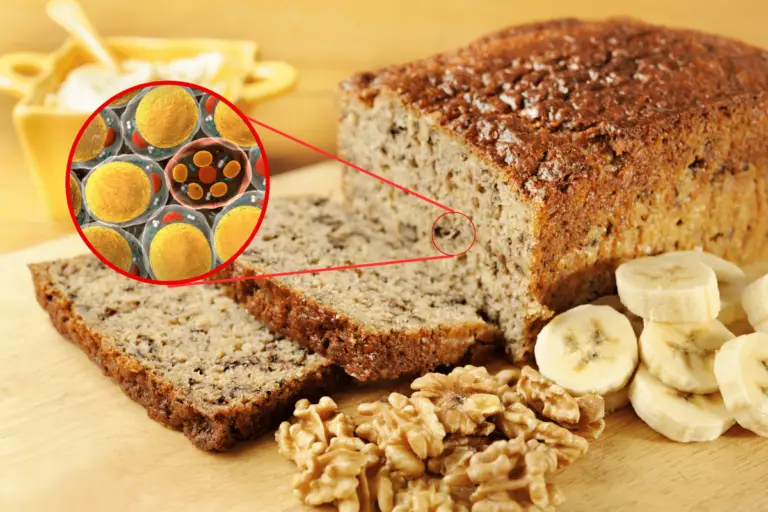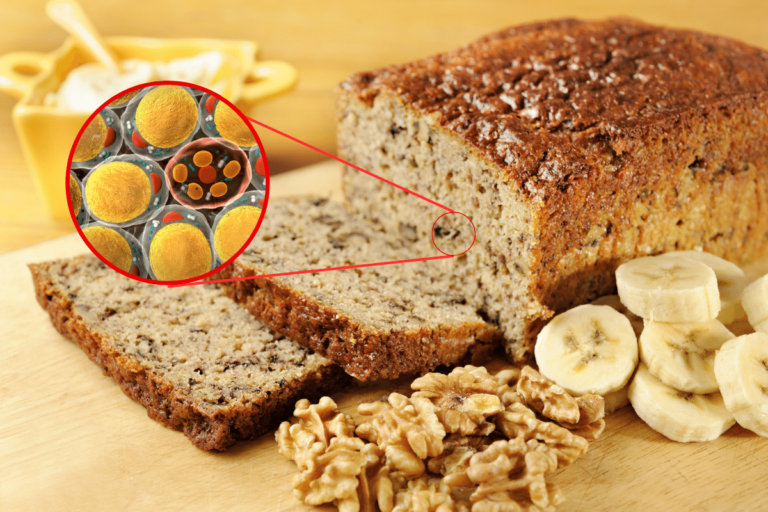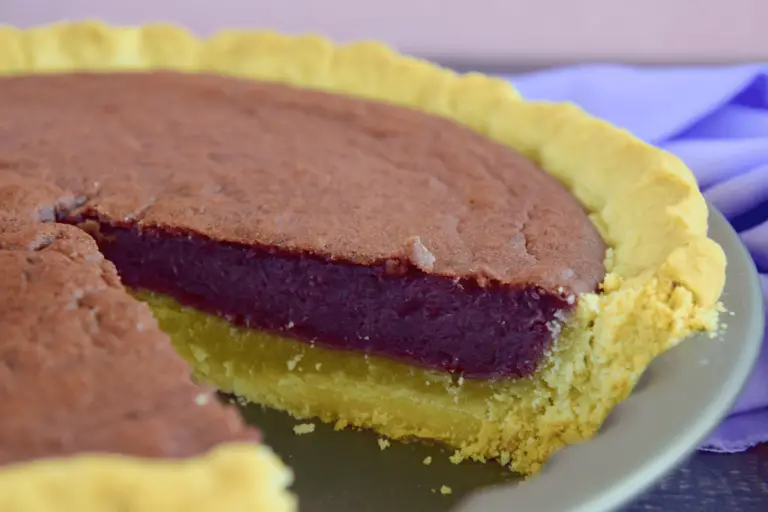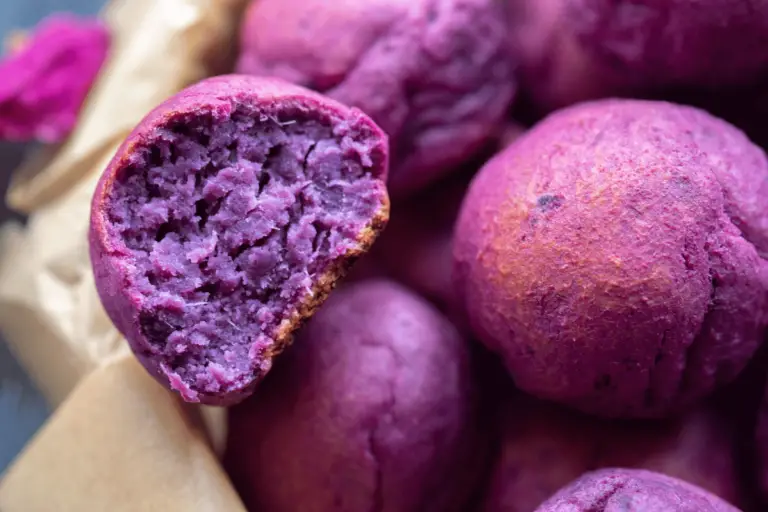What You Need To Know About The Purple Sweet Potato
The purple sweet potato, a vibrant and nutritious tuber, has surged in popularity among food enthusiasts and health-conscious individuals alike. But what sets this colorful root vegetable apart from its orange and white counterparts?
Here’s everything you need to know about the purple sweet potato, from its nutritional benefits to its culinary versatility.
Purple Sweet Potatoes Are A Nutritional Powerhouse
Purple sweet potatoes are not only eye-catching but also loaded with health benefits. They are rich in anthocyanins, potent antioxidants that give the potatoes their distinctive color. These antioxidants have been linked to reduced risk of heart disease, improved eye health, and decreased inflammation.
Additionally, purple sweet potatoes are a great source of fiber, vitamins A and C, and potassium, making them a nutritious addition to any meal.
They Represent Culinary Versatility
One of the most appealing aspects of purple sweet potatoes is their versatility in the kitchen. They can be baked, boiled, fried, or steamed, making them a perfect ingredient for a wide range of dishes.
Whether you’re making a savory dish like roasted purple sweet potatoes with rosemary or a sweet treat like purple sweet potato pie, their unique color and rich flavor will make any meal visually stunning and delicious.
They also make excellent additions to smoothies, giving an antioxidant boost along with a vibrant purple hue.
Our Delicious Purple Sweet Potato Recipes
- Purple Sweet Potato Fries
- Mashed Purple Sweet Potatoes
- Purple Sweet Potato Dessert Balls
- Purple Sweet Potato Pie
Purple Sweet Potatoes vs Other Sweet Potatoes
While all sweet potatoes are nutritious, the purple variety stands out due to its high anthocyanin content. Compared to orange sweet potatoes, which are high in beta-carotene, purple sweet potatoes provide different antioxidants, making them a great option for those looking to diversify their nutrient intake.
Taste-wise, purple sweet potatoes are slightly sweeter and denser than their orange relatives, with a slightly earthy flavor that makes them unique.
Growing and Harvesting A Purple Sweet Potato
For the green-thumbed among us, growing purple sweet potatoes can be a rewarding endeavor. They thrive in warm climates and require well-drained soil and plenty of sunlight. With patience and care, you can harvest your own purple sweet potatoes and enjoy the fruits of your labor from garden to table.
You can buy a pack of ready-to-plant purple sweet potatoes at Hawaii Veggie Farm.
The Cultural Significance of Purple Sweet Potatoes
Purple sweet potatoes hold cultural significance in various parts of the world, particularly in Asia and the Pacific Islands. In Okinawa, Japan, for instance, they are a staple food and are believed to contribute to the longevity of the local population.
They are celebrated in traditional dishes and festivals, highlighting their importance beyond just nutritional value.
Frequently Asked Questions
What is the difference between ube and purple sweet potatoes?
Ube and purple sweet potatoes, while both vibrant and purple, are distinct in their botanical identity, flavor, and culinary uses.
Ube, also known as purple yam, originates from the Philippines and is scientifically known as Dioscorea alata. It is a true yam, with a vivid purple hue, and has a sweet, slightly nutty taste. Ube is commonly used in Filipino cuisine, especially in desserts like ube halaya (a jam), ice cream, and cakes, where its natural sweetness and color are celebrated.
Purple sweet potatoes, on the other hand, belong to the Ipomoea batatas plant family and are not true yams. They have a denser texture and a sweeter, earthier flavor compared to ube. While also used in desserts, purple sweet potatoes are versatile enough to be included in savory dishes.
The key difference lies in their taste and texture; ube tends to be softer and creamier when cooked, making it ideal for sweet applications, while purple sweet potatoes are firmer, making them suitable for a broader range of recipes, both sweet and savory.
How do the Japanese eat purple sweet potato?
In Japan, purple sweet potatoes, or “murasaki imo,” are a cherished part of the culinary landscape, celebrated for their vibrant hue, sweet flavor, and nutritional value. They are ingeniously incorporated into both traditional and contemporary Japanese dishes.
A popular traditional preparation is “imo kenpi,” a sweet snack where the potatoes are sliced thin, fried, and coated in a sugary glaze. Purple sweet potatoes are also steamed or baked and enjoyed as a simple, wholesome snack, highlighting their natural sweetness.
In the realm of sweets, they are transformed into “anko” (sweet bean paste), but made from purple sweet potatoes, which is then used as a filling for “wagashi” (traditional Japanese confections) such as mochi and dorayaki.
These tubers are also celebrated in modern cuisine, appearing in inventive dishes like purple sweet potato ice cream, cakes, and bread, offering a unique twist on classic flavors.
The versatility and vibrant color of purple sweet potatoes make them a beloved ingredient in Japanese kitchens, seamlessly blending tradition and innovation.
Can you grow purple sweet potatoes in the US?
Yes, you can grow purple sweet potatoes in the United States, as they are adaptable to a variety of climates, though they thrive best in warmer regions. Purple sweet potatoes, like all sweet potatoes, prefer a long, warm growing season, typically requiring at least four months of warm temperatures to develop sizable tubers.
The United States, with its diverse climates, offers many areas where purple sweet potatoes can be successfully grown, particularly in USDA hardiness zones 9 to 11. However, with proper care and preparation, gardeners in cooler zones can also enjoy success by using techniques to extend the growing season.
To grow purple sweet potatoes in the US, start by selecting a sunny location with well-drained, sandy loam soil. They are typically planted using slips, which are sprouts grown from a mature sweet potato. Since they are sensitive to frost, it’s important to wait until all danger of frost has passed before planting the slips outdoors. In cooler regions, growers can use black plastic mulch to warm the soil and floating row covers to protect the plants from cooler temperatures.
With adequate sunlight, warmth, and care, including regular watering and minimal fertilization, purple sweet potatoes will grow and produce a bountiful harvest. Harvesting usually takes place just before or right after the first fall frost, depending on the local climate. Growing purple sweet potatoes in the US can be a rewarding endeavor, offering gardeners the chance to enjoy these nutritious and delicious tubers right from their own backyard.
Why are purple sweet potatoes expensive?
Purple sweet potatoes tend to be more expensive than their orange or white counterparts for several reasons. First, they are less commonly grown, which can lead to lower supply and higher prices.
The cultivation of purple sweet potatoes requires specific climate conditions and careful handling to achieve their vibrant color and sweet taste, which can add to the production costs.
Additionally, their unique nutritional benefits, including high levels of antioxidants such as anthocyanins, make them highly sought after in health-conscious markets, further driving up demand and price.
The process of importing these tubers, when not grown locally, can also contribute to their cost, as transportation and import fees add to the final price consumers pay. Furthermore, the growing interest in colorful and visually appealing foods for culinary presentation and social media has increased the demand for purple sweet potatoes.
All these factors combined contribute to the higher price of purple sweet potatoes compared to more common varieties. For cheaper options with all the health benefits, consider buying purple sweet potato powder.
Final Thoughts
The purple sweet potato is more than just a colorful curiosity. It’s a nutritional powerhouse, a culinary delight, and a cultural treasure. Incorporating purple sweet potatoes into your diet is an excellent way to enhance your meals with both flavor and nutrients.
So the next time you’re at the grocery store, don’t pass by these vibrant tubers. Give them a try and discover the many benefits they have to offer.

